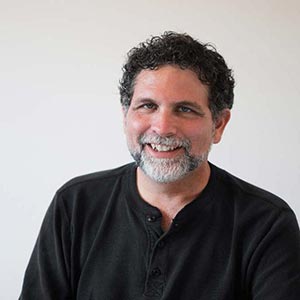 In this series of posts I am using the metaphor of “staying on the inside” to explore the common human experience of isolation and fragmentation and also some possible solutions for it.
In this series of posts I am using the metaphor of “staying on the inside” to explore the common human experience of isolation and fragmentation and also some possible solutions for it.
We have all developed…or inherited…a habit of looking at our lives and our selves from the outside-in. We watch ourselves living, as much as we live, we experience ourselves experiencing, as much as we experience, and we are conscious of ourselves being conscious, as much as we are conscious.
How does this happen? How do we manage to get outside of ourselves so that we can look back in at ourselves. Our eyes don’t pop out of our heads and hover over us. So how do we do it?
This is a fascinating question and if we look closely we will see that the outside/in view of ourselves is contained in a constant stream of inner dialog that we are having with ourselves. While we sit typing, we are also describing ourselves typing to ourselves. We might be happy about it, or upset about having to do it. Either way we are aware that we are typing through an inner dialog that is constantly describing our experience to ourselves while we are having it.
“It is cold and I am tired. I should stop this.”
“It is great that I am finishing this.”
“I don’t think this is my best writing, I should try again in the morning.”
We are all very familiar with the unending stream of commentary about ourselves that runs through our heads. It is like having your own inner news caster reporting and commenting on everything you do.
This relentless commentary is the source of our sense of fragmentation and alienation. We feel fragmented because we are split into seemingly different parts. There sometimes seem to be so many different parts of ourselves all with their own desires, fears and agendas. And all these voices in our heads are clamoring for control, insisting that they know best and trying to compel us to do their bidding.
We feel alienated from ourselves because in all the cacophony of voices we can’t find ourselves. We don’t know who we are. We find ourselves outside of who we are, wondering which of these voices is really me?
The source of the problem is not the voices in our heads. It’s our identification with them that is the problem. So many of the thoughts we have, we relate to not as thoughts, but as me thinking. And this is where the challenge lies. If all these different thoughts, with all their various agendas, and all their disparate desires, fears and concerns, are all me thinking then I can start to feel crazy and lost. Who am I in the midst of all this?
Staying on the inside in this case means never forgetting that none of these thoughts, none of the voices in your head, are you. You are always whatever or whoever is aware of the thoughts and the voices. You are not any thought, or any voice in your head. You are that which is aware of them all.
This recognition, that you are that which is aware and not any of the things that you are aware of, is the essence of what many of the Eastern approaches to enlightenment teach. It is also the essence of what William James was working with in his insistence that the world is made up of pure experience. There are no objects in the world, just experience that overlap and interact and in their willy-nilly way are propelled forward through time.
As we recognize ourselves not to be any of the voices in our heads, but always only that which is aware of them we come home. We find ourselves at peace in the reality of who we are. And we are then free to listen to the various voices or not as we see fit.
